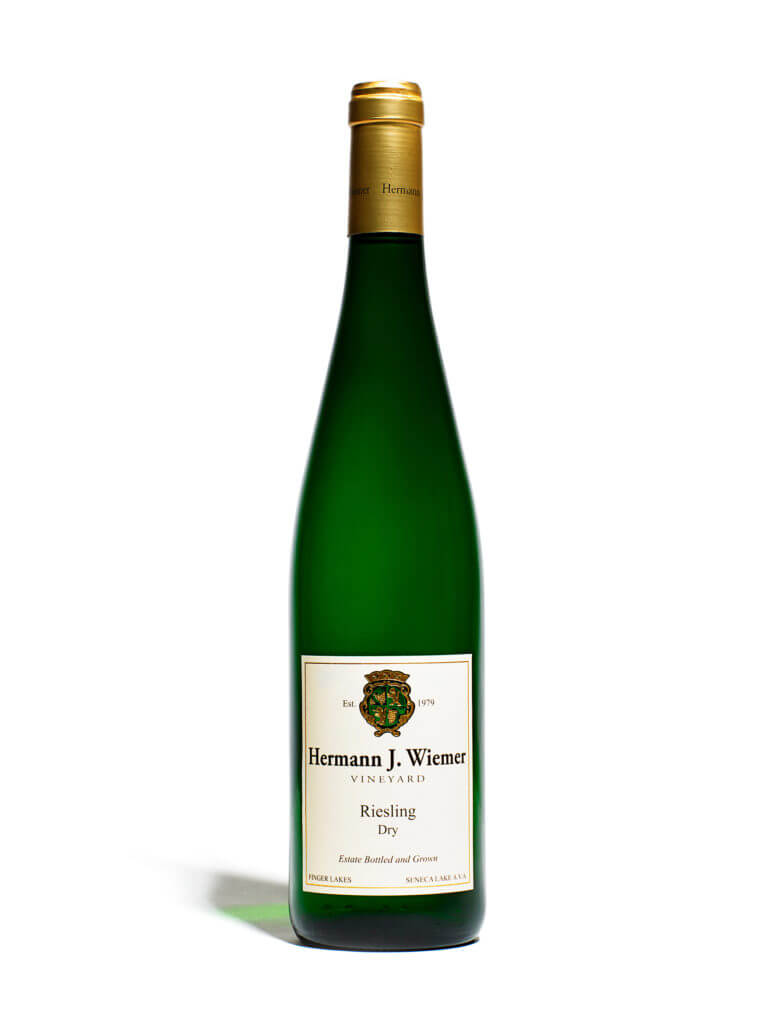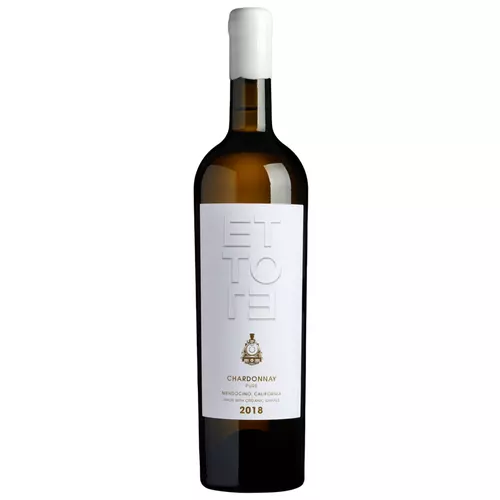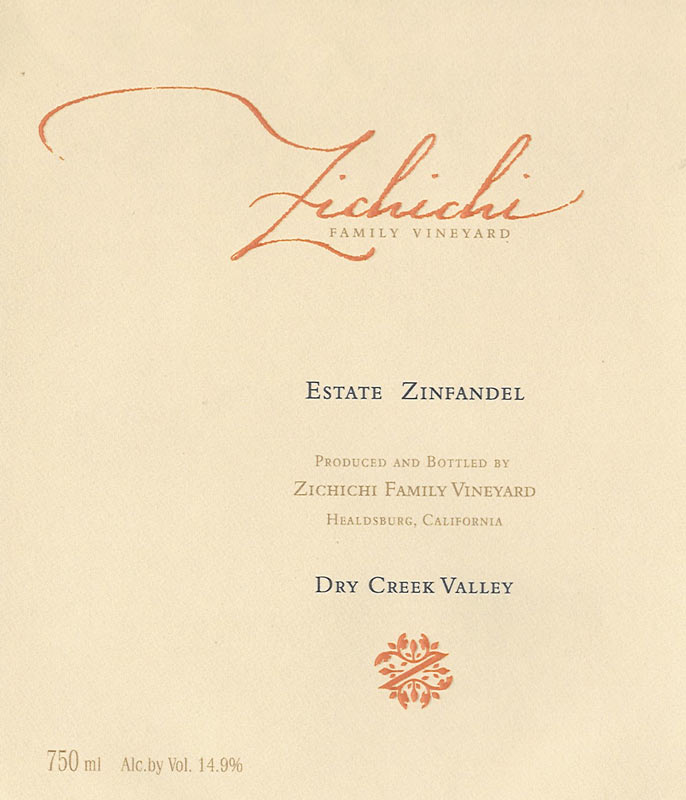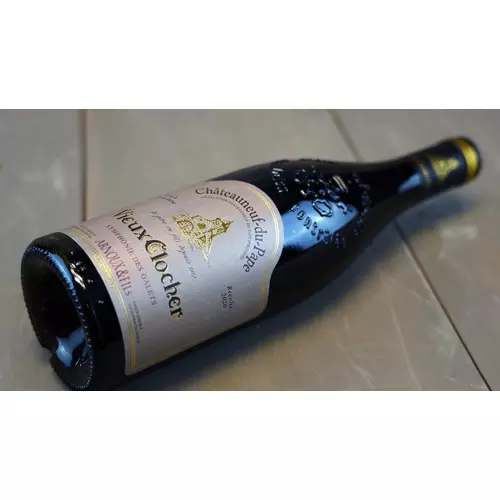I don’t know about you, but Thanksgiving is definitely my favorite holiday. On top of it being all about family and gratitude, there are so many different kinds of dishes on the table to go along with the bird, that the wine pairing options are endless. Even if you are not hosting for the day (which makes life that much easier) you can still have a huge impact on the meal by bringing the right wines for your family and friends to enjoy. I mean, who doesn’t love the person who rolls in with a few bottles of great juice?! Which then begs the question… what are the right wines to pair with a traditional Thanksgiving meal?
The great thing about a roasted turkey and all the trimmins is that there are a ton of wines that will pair well with the meal. It just depends on what style of wine you and your crew prefer. In my opinion, it is all about wines that have great acidity and not so aggressive tannins. Turkey doesn’t have the fat content of red meat, which typically will bind with those tannins. Instead, the tannins can take center stage rendering the turkey and stuffing as bland as opposed to full of flavor. And when you have that mouthwatering acidity in a wine (reds too), they can pair with a variety of different foods that are sure to surround your bird. So while just about any wine will work, here are some options that may complement your meal better than others.
The classic white wine pairing with turkey is Riesling. The low alcohol and high acid can be a refreshing complement to the inherent richness of the meal. I prefer to stick with the drier style (Kabinett) as opposed to those that have a sweeter profile (Spatlese). Dry wines from Alsace and the Mosel River are some of the best and fairly easy to find, with some of my favorites being Wilim, Dr. H Thanisch and Joh Jos Prum. But don’t be afraid to keep it local with our FLX neighbors, as Hermann J. Wiemer, Red Newt and Standing Stone are killing it with their Dry Rieslings.
If you like your whites a little bigger and bolder then a Chardonnay or Burgundy may be the way to go. Although be careful of the super oaked options, as those woody tannins can stifle the richness of the bird. My favorites from CA right now are from Ettore Vineyards (a little biased since that’s my Grandfather’s name) and DuMol. I’ve been on a real Chablis kick these days (yes, still in Burgundy). The searing acidity and minerality on those wines will certainly complement your properly roasted bird. William Fevre and Louis Jadot produce some excellent and available options, but my favorite right now is the Les Hauts De Milly Chablis 2021 Premier Cru Cote De Lechet. Again, if you want to keep it local the Chards from Fox Run (FLX) and Millbrook (Hudson Valley) are really solid wines, and on the affordable side!
Traditionally, the go-to red wines to pair with turkey are Pinot Noir, Zinfandel and Rhone Blends. Pinot is arguably the best option as the higher acid levels, vibrant fruit and peppery spice really bring out the best in just about any poultry dish. The problem in my family is that no one drinks Pinot. Almost everyone at that table prefers their wines big and opulent and tend to reach for a massive Napa Cab over an elegant red Burgundy. But I plan to enjoy my bird paired with a healthy glass of the Armitage 2020 Santa Cruz Pinot, as well as my favorite Burgundy at the moment… the Domaine Guy & Yvan Dufouleur 2019 Hautes Cotes De Nuits Rouge, Les Dames Huguettes.
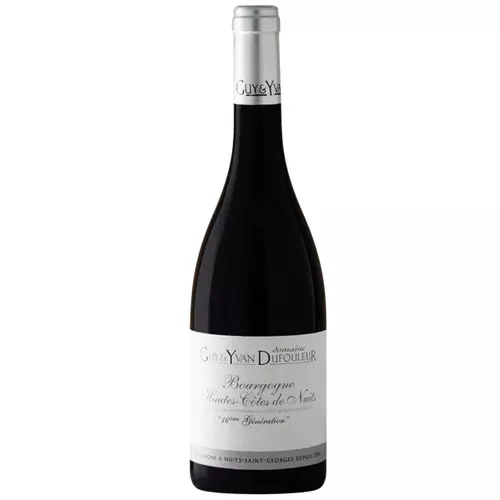
So the pairing that usually works best for my crew is a hearty Cali Zinfandel or Red Blend. They tend to have loads of big, dark and spicy fruit but a little lighter body and softer tannins than Cab. Ridge always produces high quality Zins across their entire portfolio, but if you can find the Zins from Zichichi (a small producer in Dry Creek), then you are in for a real treat! As for the Red Blend, this year I’m going with Rotation Red Blend 2020 Lodi. This hearty Zin blend is balanced and layered with flavors of red and black cherry, blueberry, chocolate, fresh plums and floral blossoms… a perfect partner for your perfectly prepared Thanksgiving bird.
Wines from Southern Rhone typically consist of Grenache, Syrah and Mourvèdre with Grenache usually taking center stage. Grenache leans on the lighter side in terms of body with good acid, spicy berry fruit and plush tannins. Blend in some meaty Syrah and a dollup of dark Mourvèdre and you have an ideal blend for your Thanksgiving table. Cotes du Rhone Villages wines offer a step up in quality (usually) over a standard Cotes du Rhone, and still can be found for less than $20. However they have a hard time standing up to those bigger and more complex Chateauneuf du Pape and Gigondas wines, which is why those are just about impossible to find for under $40. Some excellent producers offering value options include Barville, Santa Duc, Vidal Fleury and M. Chapoutier. My favorite CDP under $30 right is the Vieux Clocher 2020 Chateauneuf Du Pape, Symphonie Des Galets. But if you are from the ‘Go Big or Go Home’ mentality then you can’t go wrong with any of the big dogs such as Domaine de Pegau, Vieux Telegraphe, Chateau de Beaucastel or Mas De Boislauzon. Just be sure to give those bigger wines some oxygen before you start digging into them, or they may come off a little tight and inexpressive.
Most importantly, make sure to pop open a bottle of something that you know you will enjoy the most! As the best pairing you can ask for is a glass of delicious wine enjoyed over a wonderful meal surrounded by loved ones. Now THAT is a perfect pairing that we can all be thankful for.
